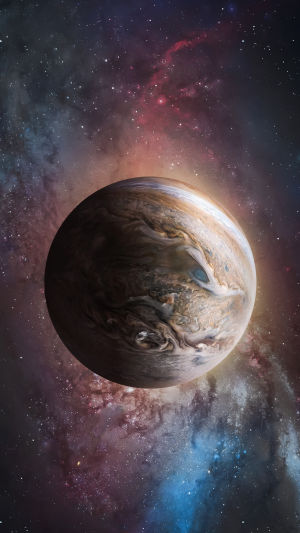Jupiter is the largest planet in the solar system, with a mass that is 2.5 times greater than that of all the other seven planets combined. Its strong gravitational force allows it to pull the central particle of its elliptical orbit away from the sun.
The formation of Jupiter remains a mystery, as it is a gas planet primarily composed of hydrogen and helium, similar to the sun.
Jupiter has a number of unique features, including faint planetary rings and a strong magnetosphere, as well as 80 known satellites, with Ganymede being the largest. Several unmanned spacecraft have visited Jupiter in the past, with the current probe in orbit being Juno. Future missions to the Jupiter system are planned, such as the Europa flyby mission.
Despite its similarities to a star, Jupiter is not able to ignite into a sun due to its insufficient mass and lack of sufficient pressure and temperature to sustain stable nuclear fusion.
Scientists have recently discovered a small, triple-star system, with one of the stars is only 84% the size of Jupiter but 85 times more massive. If Jupiter were to grow to this size, it could potentially become a star.
Jupiter is also known for its Great Red Spot, a gigantic storm that is larger than the size of Earth. This storm has been raging for at least 350 years and is believed to be a result of the planet's rotation and the strong winds in its atmosphere.
Jupiter's atmosphere is also known for its intense winds and jet streams, some of which can reach speeds of up to 620 miles per hour. The planet's atmosphere is also divided into several layers, including the Troposphere, Stratosphere, and Thermosphere.
One of the most interesting features of Jupiter is its magnetic field, which is the largest structure in the solar system. It is 20,000 times stronger than Earth's magnetic field and extends out to four times the size of the planet.
The magnetic field is generated by dynamo action in the planet's core, and it helps to protect the planet's atmosphere from solar winds and other particles.
In conclusion, Jupiter is a fascinating planet with many unique features, including its strong gravitational force, mysterious formation, and potential to become a star.
Its Great Red Spot, intense winds, and powerful magnetic field make it a valuable subject for scientific study, and future missions to the Jupiter system will likely reveal even more about this intriguing planet.





